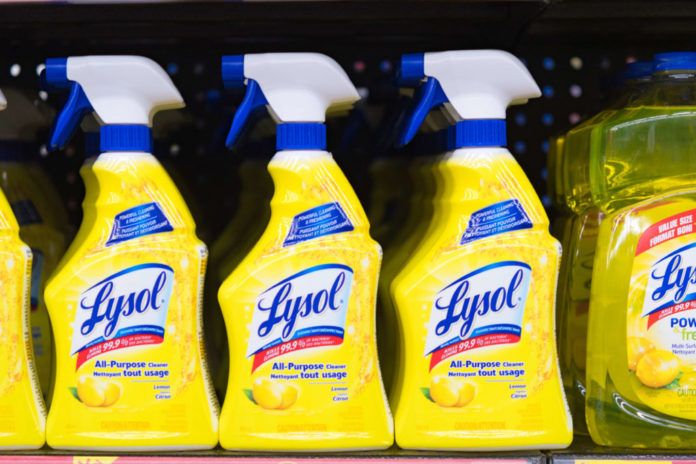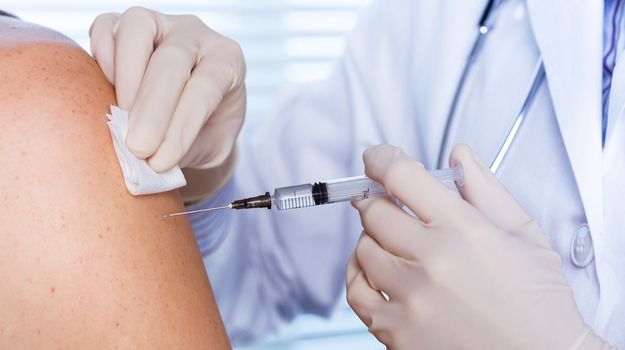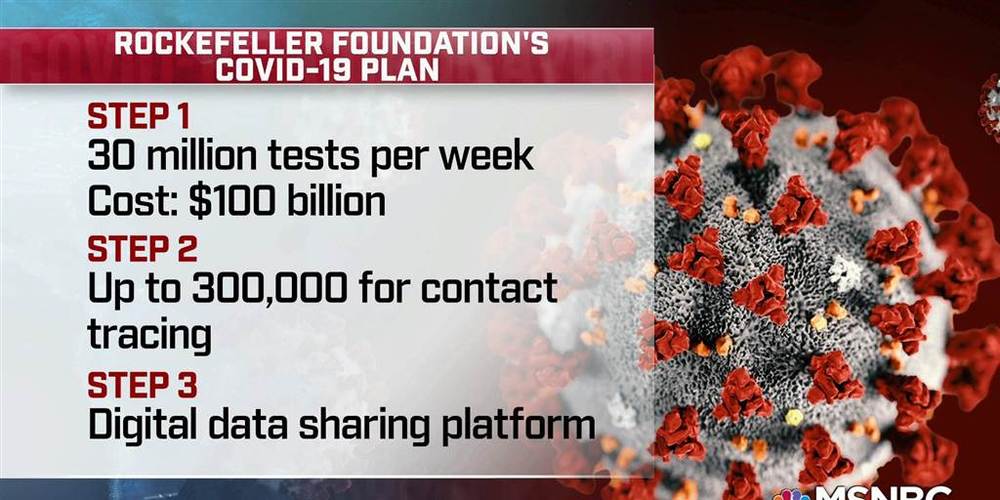North Korean dictator Kim Jong Un is in a “vegetative state” after he underwent heart surgery earlier this month, a Japanese magazine says.
The weekly Shukan Gendai reported Friday that a Chinese medic sent to North Korea as part of a team to treat Kim believed a delay in a simple procedure left the leader severely ill, Reuters reported.
North Korean media hasn’t mentioned Kim’s health or whereabouts, even though reports by other media have sparked international speculation about his well-being.







